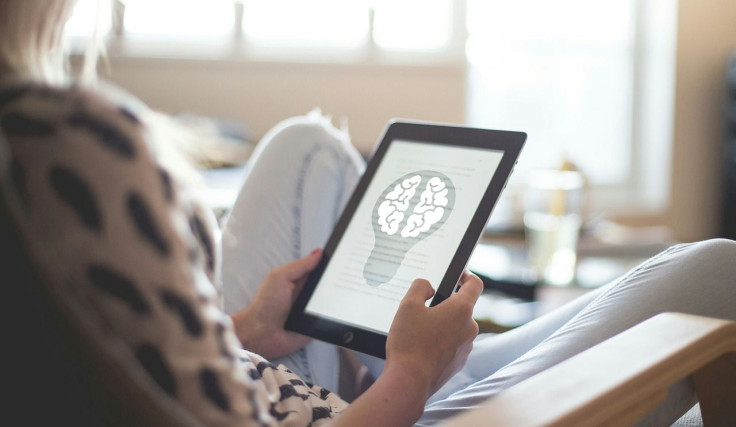Study Reveals How Memory Function Is Preserved After Brain Injury
KEY POINTS
- A new study on memory involves the immune receptor called Toll-like Receptor 4
- This receptor plays a huge role in both normal and injured brain
- It is vital in controlling memory functions
Different cellular pathways have been found by researchers to contribute to the effects of receptors called Toll-like Receptor 4 or TLR4 on excitability in an injured and uninjured brain. They also discovered novel mechanisms on how TLR4 controls memory function in both brains.
A Likely Memory Deficit Treatment
The study, which was conducted on lab rats and published in the journal Brain, Behavior, and Immunity, can potentially lead to treatments meant to limit memory deficits after brain injuries. Dr. Viji Santhakumar, an associate professor of molecular, cell, and systems biology at the University of California, Riverside, and the lead of the study, said that memory deficit is a huge, long-term adverse consequence of brain injury, and a drug treatment that can improve memory function is of considerable clinical interest.
“Resatorvid, a drug approved for clinical trials in other diseases, effectively blocked TLR4 and improved post-injury memory deficits in our study,” the doctor noted.

Increased Excitability
The brain contains neurons and non-neuronal cells referred to as glia. In a normal brain, the neurons’ activity is blocked by TLR4. In the injured brain, on the other hand, TLR4 increases the activity of neurons. Specifically, TLR 4 increases excitability in the dentate gyrus after a brain injury. The dentate gyrus is a circuit involved in processing memories in the hippocampus, the brain structure that plays a huge role in memory and learning.
The study also found that only neurons are involved in TLR4-mediated rise in excitability in the injured brain. In contrast, glial cells are important for the TLR4-moderated decrease of excitability in the normal brain. “We found suppressing TLR4 signaling a day after concussive brain injury, common to sports and traffic accidents, reduce excitability and improves working memory performance a week to a month later,” according to Dr. Santhakumar. She also said that their data reveal the processes underlying the destructive effects of brain injury can be manipulated selectively for therapy.
Suppression of Neuronal Activity
How the TLR4 impacts memory function in the injured and normal brain is still unclear to scientists. They hypothesize that TLR4 may be regulating memory function through the suppression of neuronal activity in a normal brain. As a result, the signal-to-noise ratio is improved.
After an injury, however, the effect of TLR4 switches to enhancing neuronal activity and encouraging excitability. This increases the noisy and non-specific firing of neurons and the degradation of the signal-to-noise ratio.
© Copyright IBTimes 2024. All rights reserved.





















